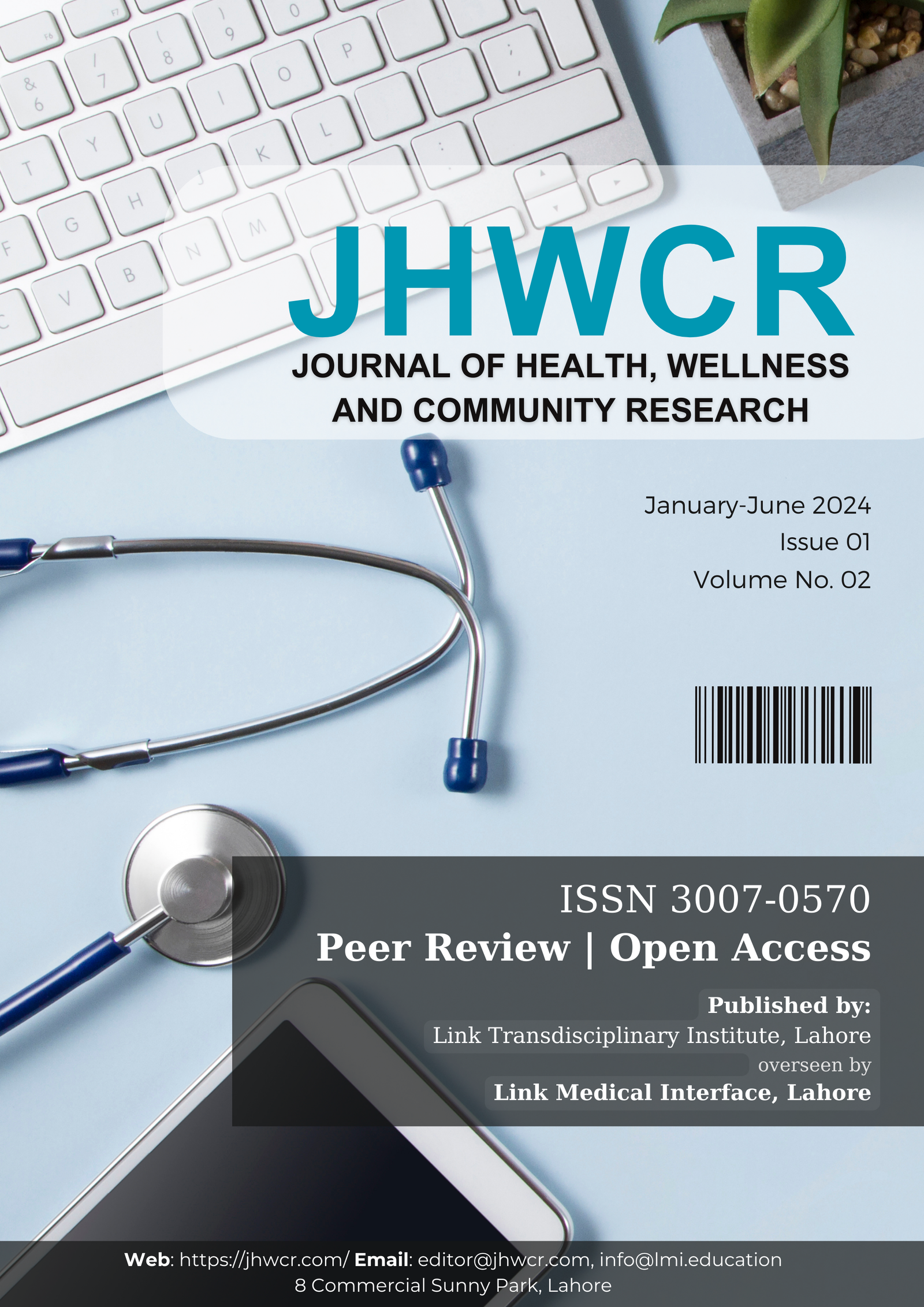Comparative Study of Different Drugs in Reducing Postoperative Nausea and Vomiting in Laparoscopic Surgeries
DOI:
https://doi.org/10.61919/2sdcsg44Keywords:
Postoperative Nausea and Vomiting, Dexmedetomidine, Dexamethasone, Ondansetron, Laparoscopic Surgery, Randomized Controlled Trial, Antiemetic AgentsAbstract
Background: Postoperative nausea and vomiting (PONV) are common and distressing complications following laparoscopic surgeries, affecting patient satisfaction, recovery, and healthcare costs. Despite the availability of several antiemetic agents, optimal prophylactic strategies remain under debate due to inconsistent comparative efficacy and a lack of consensus in existing literature. Objective: This study aimed to compare the effectiveness and safety of dexmedetomidine, dexamethasone, and ondansetron in reducing the incidence and severity of PONV among patients undergoing laparoscopic surgery, hypothesizing that dexmedetomidine would demonstrate superior prophylactic benefit. Methods: In this double-blind, randomized controlled trial, 150 adult patients scheduled for elective laparoscopic procedures at a tertiary care center were enrolled and randomly assigned to receive dexmedetomidine (0.5 µg/kg), dexamethasone (8 mg), or ondansetron (4 mg) intravenously 30 minutes before the end of surgery. Eligible participants were aged 18–70 years with ASA physical status I–III; exclusions included pregnancy, breastfeeding, and age outside the specified range. PONV incidence within 24 hours was assessed using a standardized questionnaire. Data analysis was performed using SPSS version 27, employing chi-square and t-tests to evaluate group differences. The study was approved by the institutional ethics committee and conducted in accordance with the Declaration of Helsinki, with informed consent obtained from all participants. Results: Dexmedetomidine significantly reduced the incidence of PONV (16%, n = 8/50) compared to dexamethasone (32%, n = 16/50) and ondansetron (40%, n = 20/50), with group differences reaching statistical significance (χ², p < 0.05). Subjective effectiveness ratings showed variation among groups, but objective clinical outcomes consistently favored dexmedetomidine. No severe adverse events were reported in any group. Conclusion: Dexmedetomidine was superior to dexamethasone and ondansetron in preventing PONV in laparoscopic surgery, suggesting its potential for routine prophylactic use to enhance recovery, reduce postoperative complications, and improve patient satisfaction. Broader adoption in clinical practice may lead to better perioperative outcomes and resource utilization.
Downloads
Published
Issue
Section
License
Copyright (c) 2025 Nimra, Areeba, Waleed Ahmad, Maliha Ahmad, Muhammad Ahmad (Author)

This work is licensed under a Creative Commons Attribution 4.0 International License.


